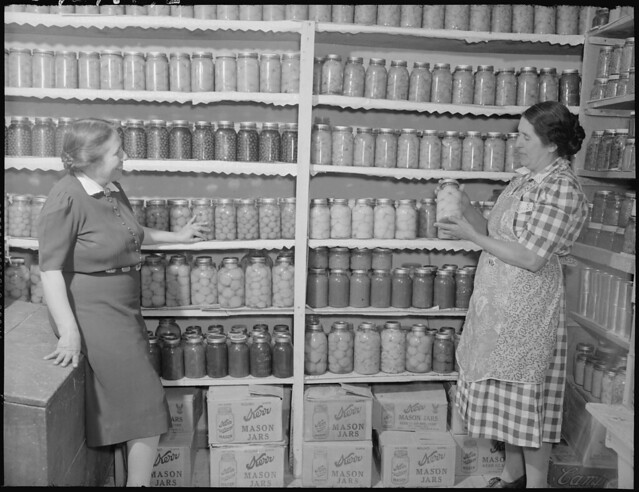photo: Kate Bentley
Here is a perfect way to use up lots of tomatoes from the garden even if they have not ripened yet. Everyone who tastes this salsa loves it, and it is very easy to make. If you would like to freeze it, it does so very nicely in bags or jars or plastic containers; however, I usually can mine in 1/2 pint jars so that it is ready to go. If you do not have experience with hot water bath canning, please read about it on the ball website. The instructions below assume that you know how to sterilize jars and that you know what “process in a hot water bath” means. You also can just share with friends, and eat this fresh, right now. Or preserve some for later, and keep some to eat now, depending on how many green tomatoes you have to use up. This recipe is from a blog called Local Kitchen, where I have found many recipes that I love for winter preserving. I usually double this recipe for a bigger batch.
Salsa Verde
INGREDIENTS
4 cups green tomatoes, finely chopped
1/2 cup red onion, diced to 1/4-inch (about 1 tennis ball-sized)
1/2 cup green bell peppers, diced to 1/4-inch
1/2 cup minced hot peppers (a mixture is great), with or without seeds (about 3 – 4 large) (wear gloves)
1/4 + 1/8 cup white wine or cider vinegar
4 tbsp lime juice
3 large cloves garlic, minced
2 tbsp fresh cilantro, chopped
1 and 1/2 tsp ground cumin
1/2 tsp sea salt
1/4 tsp chile pepper flakes
1 tsp raw sugar (optional)
METHODS
If canning, prepare canner, jars and lids.
Chop vegetables. Add all ingredients except cilantro to a medium stockpot; bring to a boil over high heat. Reduce heat and boil gently for 10 – 15 minutes, or until vegetables have softened and the salsa has thickened slightly. Add cilantro, mix well and return to a boil.
Ladle hot salsa into hot, sterilized jars; remove air bubbles and push all vegetables down below the level of the liquid, adding more salsa to yield a 1/2-inch headspace if necessary. Wipe rims, affix lids and process for 15 minutes in a boiling water bath.
Yields about 5 half-pints.











